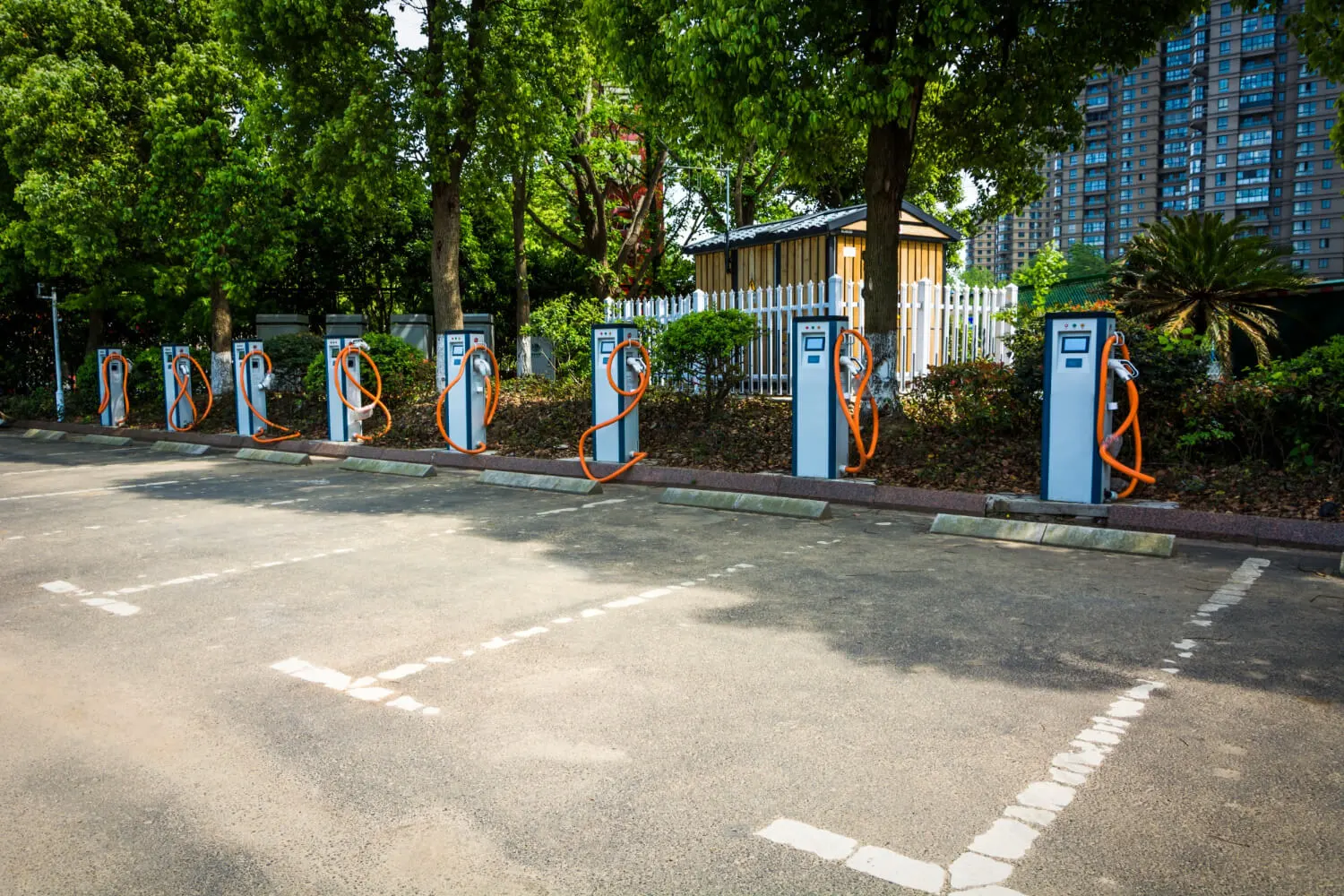Driving the Future: The U.S. Push for Electric Vehicles
The United States has recently made headlines with its ambitious push for electric vehicles (EVs), signaling a transformative shift in the nation’s transportation and energy sectors. This move, while applauded by environmental advocates, has sparked debates over its economic, environmental, and societal implications. But what exactly is driving this agenda?
Tackling Climate Change
One of the primary motivations behind the US push for EVs is to combat climate change. The transportation sector is the largest contributor to greenhouse gas emissions in the country, and transitioning to electric vehicles represents a crucial step toward reducing this footprint. By setting aggressive targets for EV adoption and promoting renewable energy, the US aims to slash emissions and move closer to achieving net-zero carbon goals by 2050.
One of the primary motivations behind the US push for EVs is to combat climate change. The transportation sector is the largest contributor to greenhouse gas emissions in the country, and transitioning to electric vehicles represents a crucial step toward reducing this footprint. By setting aggressive targets for EV adoption and promoting renewable energy, the US aims to slash emissions and move closer to achieving net-zero carbon goals by 2050.
Boosting Economic Competitiveness
As the global race for EV supremacy heats up, the US faces stiff competition from countries like China, which has emerged as a leader in electric vehicle technology and manufacturing. By incentivizing domestic EV production and infrastructure development, the US seeks to position itself as a dominant player in the global EV market. This effort includes substantial investments in battery manufacturing and supply chain localization to reduce reliance on foreign imports.
As the global race for EV supremacy heats up, the US faces stiff competition from countries like China, which has emerged as a leader in electric vehicle technology and manufacturing. By incentivizing domestic EV production and infrastructure development, the US seeks to position itself as a dominant player in the global EV market. This effort includes substantial investments in battery manufacturing and supply chain localization to reduce reliance on foreign imports.
Job Creation and Economic Growth
EVs are not just about reducing emissions; they’re also about creating jobs. Plans include investments in manufacturing plants, battery production facilities, and charging infrastructure, particularly in regions like the “Battery Belt,” spanning parts of the Midwest and South. These initiatives aim to revitalize communities hit hard by the decline of traditional automotive manufacturing, providing high-quality jobs in the growing clean energy economy.
EVs are not just about reducing emissions; they’re also about creating jobs. Plans include investments in manufacturing plants, battery production facilities, and charging infrastructure, particularly in regions like the “Battery Belt,” spanning parts of the Midwest and South. These initiatives aim to revitalize communities hit hard by the decline of traditional automotive manufacturing, providing high-quality jobs in the growing clean energy economy.

Enhancing Energy Independence
By reducing the nation’s reliance on oil—much of which is imported—electric vehicles enhance US energy security. The shift to EVs aligns with broader strategies to develop renewable energy sources and build a more resilient, sustainable energy infrastructure.
By reducing the nation’s reliance on oil—much of which is imported—electric vehicles enhance US energy security. The shift to EVs aligns with broader strategies to develop renewable energy sources and build a more resilient, sustainable energy infrastructure.
Political and Regional Implications
The EV push also carries significant weight across regions. States such as Michigan, Georgia, and Ohio, which have strong ties to the auto industry, are seeing investments in EV production and related infrastructure. Policies aim to appeal to workers and businesses in these regions by presenting EVs as a pathway to economic revival and innovation.
The EV push also carries significant weight across regions. States such as Michigan, Georgia, and Ohio, which have strong ties to the auto industry, are seeing investments in EV production and related infrastructure. Policies aim to appeal to workers and businesses in these regions by presenting EVs as a pathway to economic revival and innovation.
Implications for EV Drivers in the UK

Implications for EV Drivers in the UK
The US EV agenda is not just an American phenomenon—its ripple effects are being felt globally, including by EV drivers in the UK. As the US ramps up production of EVs and battery technologies, global supply chains for key materials like lithium and cobalt could stabilize, potentially lowering the cost of EVs in the UK market. Increased competition in the EV sector may also lead to innovation and affordability in the long run.
Additionally, the US focus on expanding EV infrastructure could inspire similar initiatives in the UK, especially as both nations work toward net-zero carbon goals. Collaboration between US and UK companies on EV technology and infrastructure projects might further accelerate the adoption of clean energy vehicles in the UK.
However, there are also challenges. A surge in demand for battery materials driven by US policies could increase competition for resources, potentially leading to short-term price hikes. UK policymakers will need to ensure that their own EV strategies account for global market shifts influenced by the US.
Challenges on the Road Ahead
While the vision for widespread EV adoption is compelling, it faces several challenges:
- Infrastructure Development: The US must rapidly expand its EV charging network to accommodate the growing number of electric cars.
- Cost of Adoption: EVs remain expensive for many consumers, despite tax incentives and subsidies.
- Supply Chain Bottlenecks: Securing raw materials for batteries, such as lithium and cobalt, remains a significant hurdle.
A Vision for the Future
The US push for electric vehicles is not merely a policy initiative; it’s a vision for the future of transportation, energy, and the economy. By addressing climate change, boosting economic competitiveness, creating jobs, and enhancing energy security, the nation hopes to set itself on a path toward a more sustainable and prosperous future.
As these plans unfold, the success of this ambitious agenda will depend on overcoming technological, economic, and political challenges. One thing is clear: the electric vehicle revolution is here, and it’s reshaping the landscape of industry and society, with significant global implications.
The US push for electric vehicles is not merely a policy initiative; it’s a vision for the future of transportation, energy, and the economy. By addressing climate change, boosting economic competitiveness, creating jobs, and enhancing energy security, the nation hopes to set itself on a path toward a more sustainable and prosperous future.
As these plans unfold, the success of this ambitious agenda will depend on overcoming technological, economic, and political challenges. One thing is clear: the electric vehicle revolution is here, and it’s reshaping the landscape of industry and society, with significant global implications.